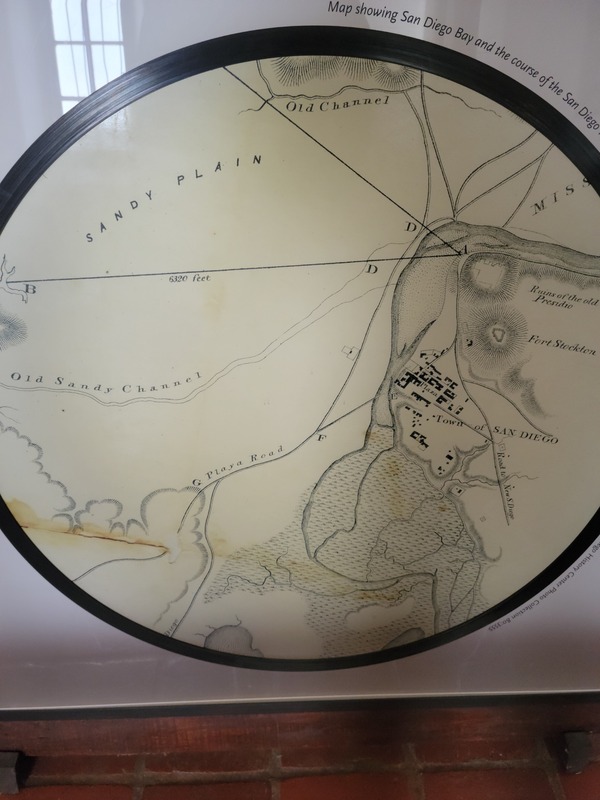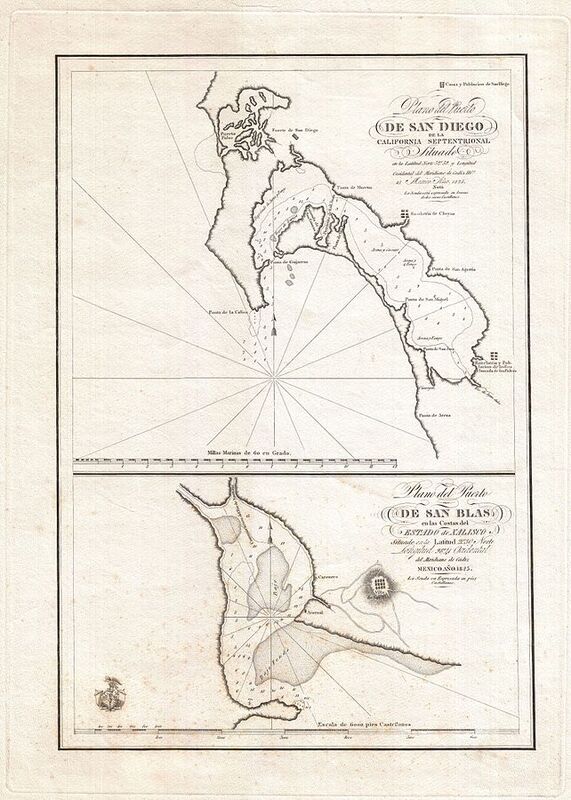Presidio during the Mexican Period (1821-1848)
The Presidio during the Mexican Period was largely known for its decline. The poor economic state of the New Mexican government prevented the Presidio from being adequately renovated and updated. By 1826, the population of 200 lived in old decaying buildings surrounding the presidio fort. [1] According to George Ames Jr, at the start of the Mexican period of the Presidio, it was in disrepair but in 1825, Governor of Alta California Jose Echeandia made the Presidio his personal residence due to its proximity to Mexico. [2] Old ramparts were destroyed to make way for new housing located around the plaza area. By 1835, the old Presidio buildings were abandoned in favor of new buildings near the pueblo’s main plaza. By the time of the creation of the Pueblo, the Presidio site ceased to be a military fort. According to Ames Jr., the Presidio had to be in action because of potential uprising, but Richard Henry Dana described the state of the Presidio in 1836:
"The first Place we visited was the ruinous presidio, which stands on a rising ground near the village, which it overlooks. It is built in the form of an open square, like all other presidios, and it was in a most ruinous state with the exception of one side which the commandant lived, with his family.There were only two guns, one of which was spiked, and the other had no carriage. Twelve half-clothed and half-starved looking fellows controlled the garrison; and they, it was said, had not a musket apiece." [3]
By 1837, the Presidio took secondary importance in relation to the pueblo that engulfed it.
There are conflicting reports on the population size of the Presidio. According to Jack Williams, while there are claims that the Presidio was abandoned, the population of the Presidio could have been as high as 400 people. [4]
[1] George Walcott Ames Jr., "San Diego Presidio Site: Registered Landmark #59" in California Historical Landmark Series, ed. Vernon Aubrey Neasham (Berkeley: State of California, Department of Natural Resources, Division of National Parks, 1936), 30.
[2] Ibid., 28.
[3] Ibid., 30.
[4] Jack S. Williams, "San Diego Presidio: A Vanished Military Community in Upper California" Historical Archaeology 38, no. 3 (2004): 123.



